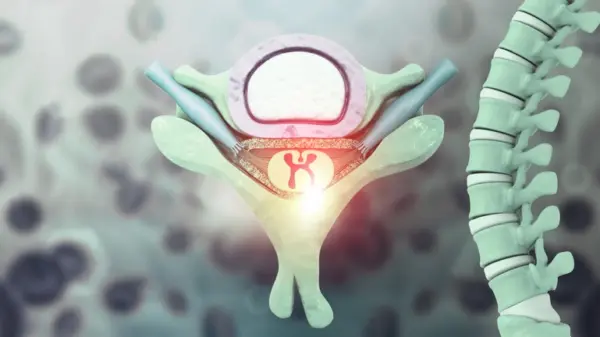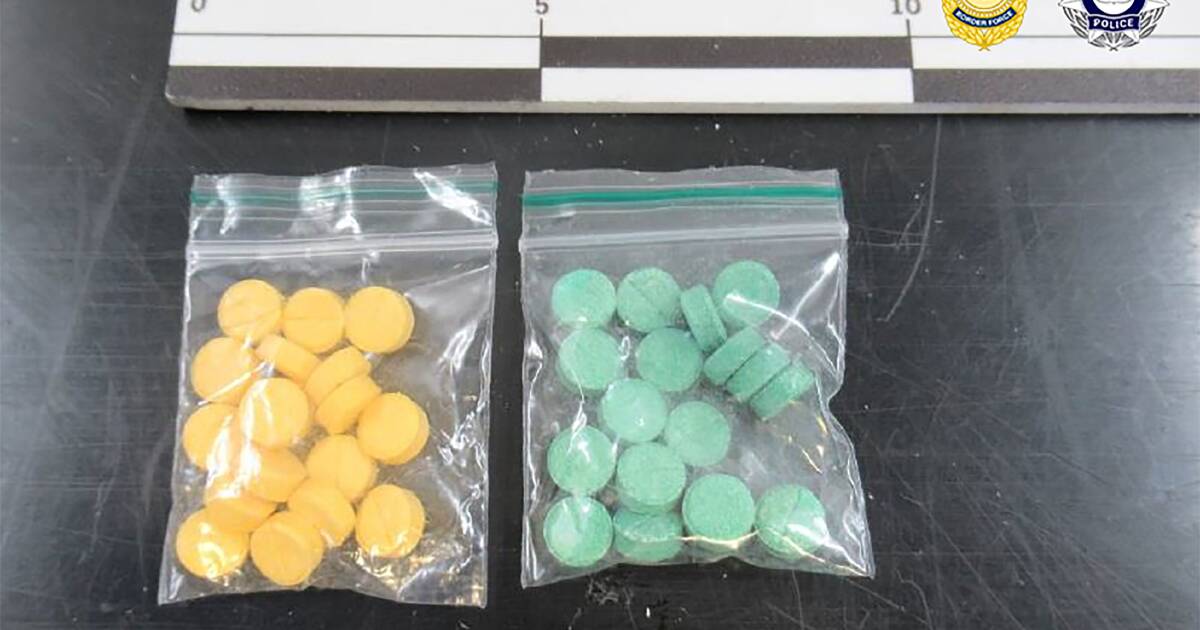A potent synthetic opioid known as nitazenes is eluding Australian border control, raising serious concerns among health and law enforcement officials. These substances, which are estimated to be up to a thousand times stronger than heroin, have been linked to at least 17 fatalities in Australia since 2021. The drugs are often mixed into counterfeit medications or other illicit substances, posing a significant risk of overdose even in minuscule amounts.
According to the Australian Crime Intelligence Commission’s (ACIC) Shane Neilson, nitazenes are particularly challenging to detect at customs due to their high potency. “Only a fraction of a gram can be lethal,” he stated, underscoring the danger of these substances being sent through the mail in small parcels. The ACIC has reported that traditional organized crime groups are not primarily responsible for bringing nitazenes into Australia; rather, it is less sophisticated groups that are exploiting vulnerabilities in border controls.
From January to March 2025, the Australian Federal Police intercepted eight shipments containing nitazenes at the border, with sources traced back to Canada, the United States, and Hong Kong. These dangerous compounds are being incorporated into drugs sold online, marketed as opiates or benzodiazepines. Opiates, such as morphine, endone, and tramadol, are legally prescribed for pain relief, while benzodiazepines like Xanax and Valium are used to reduce anxiety and aid sleep.
Widespread Distribution and Public Health Risks
Nitazenes have been found in various forms, including vape liquids, tablets, powders, and nasal sprays, according to Amber Migus of the ACIC. The ease of ordering these substances online, combined with their potency, allows dealers to mix small amounts into larger batches of drugs, heightening the risks for unsuspecting users.
In Australia, approximately three individuals die each day from opioid-related overdoses. Opiates account for a substantial majority of unintentional drug deaths, followed closely by benzodiazepines. Alarmingly, the number of deaths related to benzodiazepines doubled in the two decades leading to 2022. This trend highlights the growing crisis surrounding substance abuse, as more Australians succumb to overdoses than die in road accidents, as reported by the Penington Institute.
The motivations behind drug dealers’ decisions to introduce such a hazardous compound into their supply may be rooted in a cynical understanding of addiction. Neilson pointed out that evidence from the opioid crisis in the United States suggests that dealers may use nitazenes to foster dependency among users. By increasing addiction levels, dealers can secure a more loyal customer base, which ultimately allows them to sell nitazenes directly.
Despite these alarming trends, Australia has not yet experienced an opioid crisis comparable to that of the United States. This may be attributed to the country’s stringent prescribing regulations, as noted by Migus. “It means that prevention and preventative actions can work in relation to illicit drug markets,” she explained, emphasizing the importance of vigilance regarding synthetic opioids due to their inherent dangers.
The Importance of Naloxone and Ongoing Efforts
While nitazenes continue to pose a growing threat, a 2021 federal government report indicated that 70 percent of fatal opioid overdoses in Australia involved prescribed medications. Health authorities are advocating for anyone using opiates, whether legally or illegally, to carry naloxone. Available in both nasal spray and injectable forms, naloxone can effectively reverse the effects of an opioid overdose, potentially saving lives.
As health and law enforcement authorities work to address the challenges posed by nitazenes, ongoing education and prevention efforts are paramount. The increasing presence of these synthetic opioids in Australia underscores the need for collaborative strategies to protect public health and safety.































































